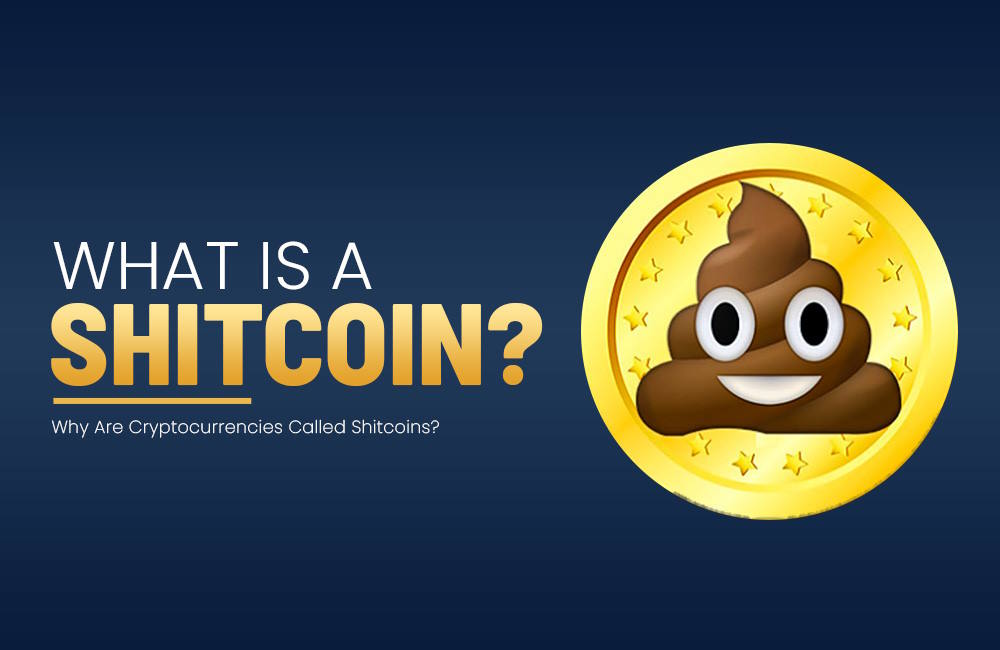
What we're talking about:
Can’t Someone Just Create Another Bitcoin?
The short answer is yes, someone could create a copy of Bitcoin’s open-source code, and quite easily too, although copying code does not equate to the several years of community effort and mining investment that has led to the widespread adoption of Bitcoin as a digital currency.
To understand why Bitcoin competitors cannot simply replicate these results, we need to understand Bitcoin’s roots and the specific properties that make Bitcoin and its network so hard to duplicate.
Satoshi’s Legacy
Bitcoin’s position as the leading digital currency can be traced back to its humble beginnings when its anonymous founder Satoshi Nakamoto left the scene circa 2010. To paraphrase Satoshi, Bitcoin’s usage as a means to fund Wikileaks kicked up a swarm of hornets and this is most likely one of the main reasons for the founder’s sudden disappearance.
The reason why Satoshi’s departure from the project was so important is that there is now no CEO, no chairman, no central figure calling the shots. Satoshi left the project in the hands of the community. At that early stage, Bitcoin’s small network was highly vulnerable and Satoshi quickly realized how important it was for the network’s governance to decentralize and take on a form of its own.
Bitcoin’s Network Effect
It becomes apparent then that the true value of Bitcoin does not lie in its code, but in the properties of its network. To understand this better, let’s take an example from the tech industry.
Imagine that we’ve managed to obtain a copy of Google’s secret algorithm. We’re going to build an identical search engine. But how do we entice billions of users over to our product? It’s just as good, right? It runs on the same algorithm, doesn’t it? Only a handful of users are willing to try it out though.
The reason is due to network effect. Google’s network has achieved such an incredible status that it’s become far more than a mere software solution. The amount of capital and resources it would take to topple their monopoly now is beyond feasible.
Bitcoin is to digital currency what Google is to search engines, or Amazon to e-commerce and Facebook to social networks. Once adoption hits critical mass, it’s extremely difficult to overturn.
There is however one key difference between Bitcoin and the FAANG gang and that is its decentralization. Bitcoin’s network is so robust because it is community built and runs autonomously. Whereas Silicon Valley companies can be leaned on by regulators, no single entity can be approached to alter Bitcoin’s code or turn off its network.
Proof of Work vs. Proof of Stake Explained
The Bitcoin Flywheel
The lack of a central authority alongside consistent improvements to its decentralization has helped reinforce the censorship-resistance of Bitcoin’s network. This relationship is not to be underestimated as with increased value comes further investment, which in turn improves decentralization and further strengthens Bitcoin’s resistance to censorship. The properties that provide Bitcoin value play off each other in a flywheel effect.
Bitcoin is also a highly liquid asset. Just like in the fiat currency markets, digital currency liquidity is a critical factor for its adoption. Thinly distributed Bitcoin copies can quickly run into supply issues, causing sharp price slippages for traders and consumers alike.
Bitcoin Competitors
Bitcoin’s meteoric rise in price (...) inevitably led to a wave of Bitcoin competitors. While the success of Bitcoin has spawned a trillion dollar asset class of digital currencies, smart contracts and non-fungible tokens, it has also seen its fair share of copycats, which is relatively simple to do given the open-source nature of Bitcoin’s code.
None however can make the claim of being a truly decentralized, censorship-resistant currency as the vast majority have identifiable company structures or foundations supporting their efforts.
Smart contract platforms like Ethereum or stablecoins such as Tether may have gained some traction in recent years, but the roots of their adoption are not the same as Bitcoin’s. One of the first notable attempts to copy Bitcoin was Litecoin; it’s founder Charlie Lee clearly expressed his wish to create a lighter version of Bitcoin.
The creation of Bitcoin Cash in 2017 however was arguably Bitcoin’s biggest threat to date as it split the close knit community in half. That seismic event was not enough to deter Bitcoin and its network effect from marching on and reaching higher highs.
Look No Further Than BTC
Bitcoin competitors looking to grab the attention of retail investors may often play on their unit bias and offer billions, or even trillions of their currency, making Bitcoin’s 21 million coins look small in comparison. Don’t let this fool you though, as Bitcoin is designed for large scale economies. Each one of the 21 million coins is divisible down to a further 100 million sub-units called satoshis (0.00000001 BTC). With a robust network built upon 2.1 quadrillion sub-units, you can rest assured that there’s enough bitcoin for everyone.
Satoshis to US Dollar Calculator
Continuous Learning
Learning about the fundamentals of Bitcoin will help you understand why it has value, as there are several factors other than source code that have enabled BTC to stay top of the charts for so long. Learning is the best investment you can make in cryptocurrency and investing your money should ideally be coupled with investing in yourself through further study.
What we're talking about:







